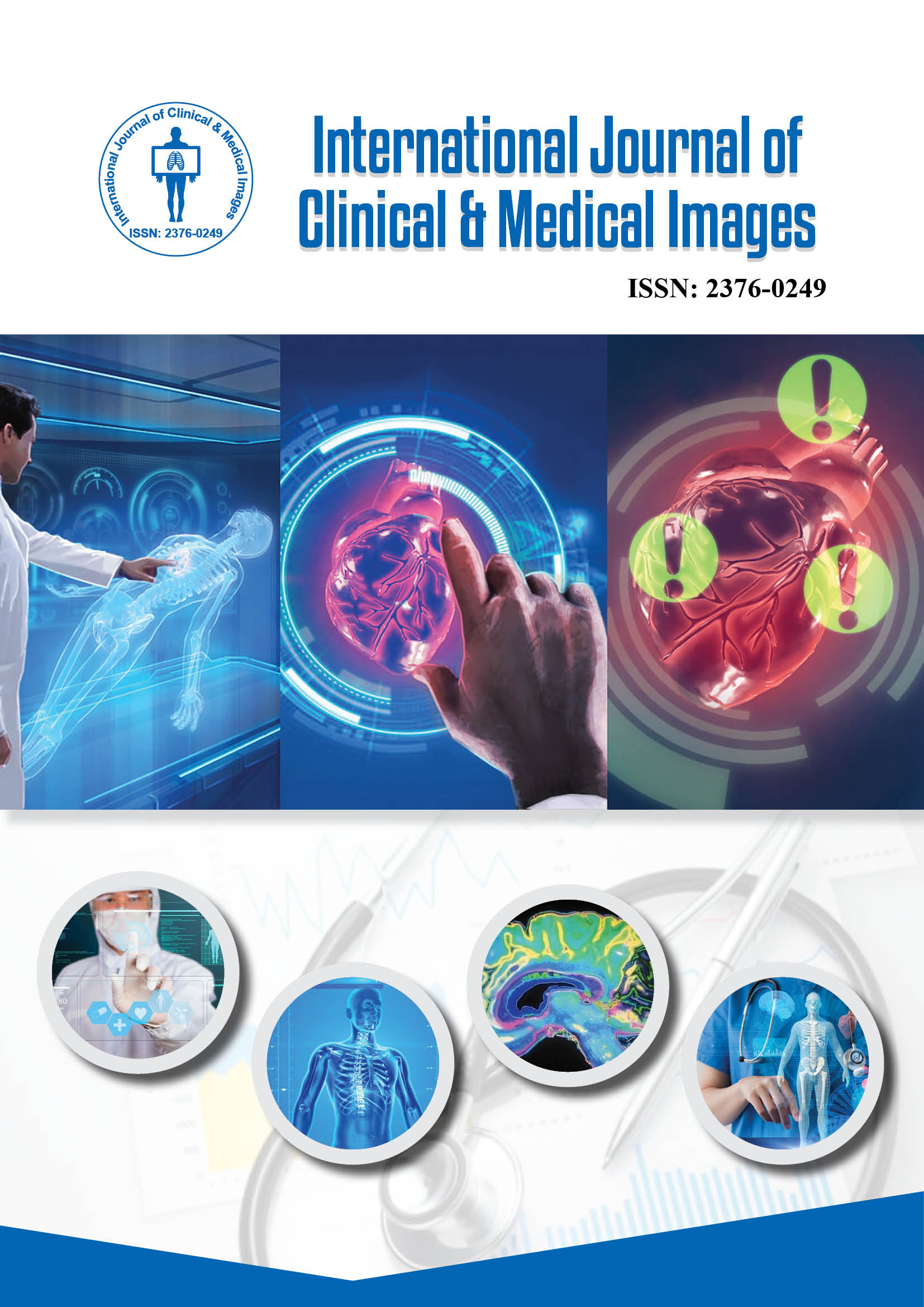2376-0249
Clinical-Medical Image - International Journal of Clinical & Medical Images (2024) Volume 11, Issue 5
Author(s): Afrah Bouchareb*
Department of Radiology and Radiological Sciences, Johns Hopkins University, Baltimore, MD 21218, USA
Received: 01 May 2024, Manuscript No. ijcmi-24-142314; Editor assigned: 03 May 2024, Pre QC No. P-142314; Reviewed: 17 May 2024, QC No. Q-142314; Revised: 23 May 2024, Manuscript No. R-142314; Published: 31 May 2024, DOI:10.4172/2376-0249.1000957
Citation: Bouchareb A. (2024) Advancements in Imaging Techniques for Oncological Diagnosis and Treatment. Int J Clin Med Imaging 11: 957.
Copyright: © 2024 Bouchareb A. This is an open-access article distributed under the terms of the Creative Commons Attribution License, which permits unrestricted use, distribution, and reproduction in any medium, provided the original author and source are credited.
Magnetic Resonance Imaging (MRI) has long been a cornerstone of cancer imaging, but recent advancements have taken its capabilities to new heights. Functional MRI (fMRI) has enhanced our ability to assess metabolic activity and tumor function, providing critical insights into tumor behavior. Diffusion-Weighted Imaging (DWI) has improved the detection of small and early-stage tumors by measuring the diffusion of water molecules in tissue, which is often altered in cancerous cells. Additionally, Magnetic Resonance Spectroscopy (MRS) allows for the noninvasive analysis of biochemical changes within tumors, offering valuable information on tumor composition and metabolism [1].
Computed Tomography (CT) has also seen remarkable innovations, particularly with the advent of Dual-Energy CT (DECT). DECT provides better tissue characterization and lesion detection by utilizing two different energy levels, which enhances contrast and differentiation between tissues. Low-Dose CT has become a pivotal tool in reducing radiation exposure for patients while maintaining high image quality, an essential factor in routine cancer screenings and follow-ups. Moreover, CT Perfusion Imaging assesses blood flow in tumors, aiding in the evaluation of treatment response and helping clinicians tailor therapies more effectively.
Positron Emission Tomography (PET) has been transformed by the integration of PET with CT and MRI, combining anatomical and functional imaging. This hybrid approach significantly enhances the accuracy of tumor localization and characterization. The development of novel radiotracers that target specific cancer markers has further improved the specificity and sensitivity of PET imaging. These advancements enable more precise detection and staging of cancer, guiding treatment decisions and monitoring disease progression with greater accuracy [2].
Oncology imaging, Diffusion-weighted imaging, Magnetic resonance spectroscopy
There are no conflicts of interest.
[1] Li C, Huang W, Gao L, Wang H and Hu L, et al. (2020). Recent advances in solution-processed photodetectors based on inorganic and hybrid photo-active materials. Nanoscale 12(4): 2201-2227.
Google Scholar, Crossref, Indexed at
[2] Skoura E. Depicting medullary thyroid cancer recurrence: The past and the future of nuclear medicine imaging. Int J Endocrinol Metab (2013): 11(4).
 Awards Nomination
Awards Nomination

